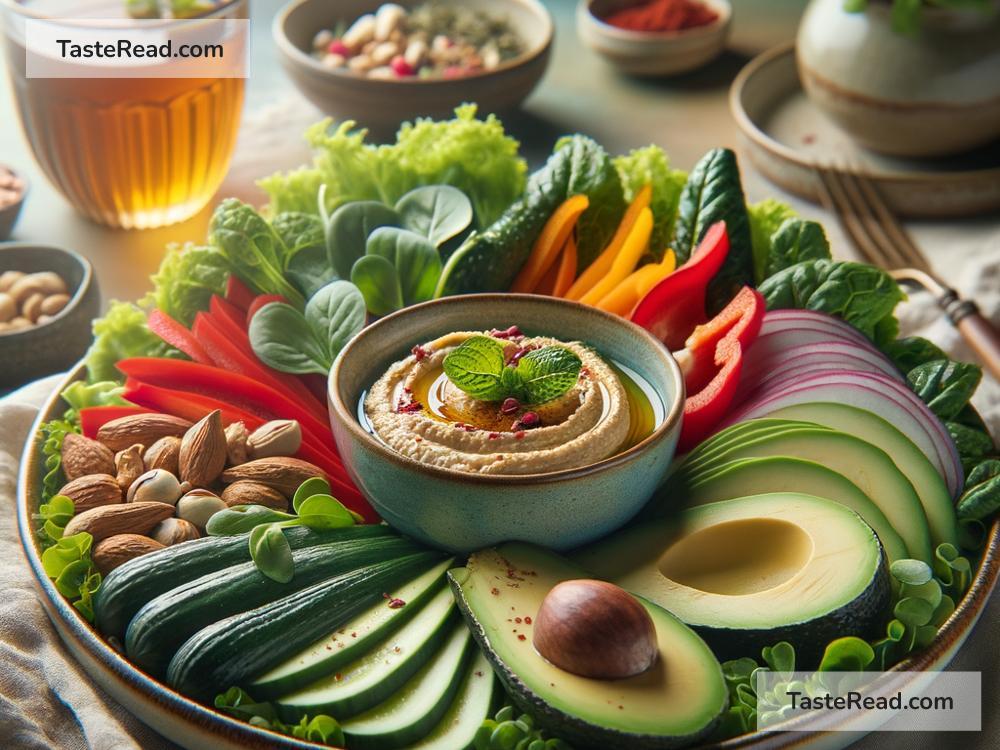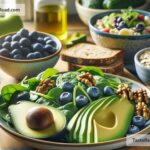Foods That Reduce Menopause Symptoms: A Simple Guide
Menopause is a natural stage in every woman’s life, but its symptoms can often be frustrating. Hot flashes, mood swings, night sweats, and fatigue can all make this transition challenging. While menopause is a part of aging, you don’t have to let it control your life. Believe it or not, the food you eat can play a big role in managing these symptoms and helping you feel more balanced. Let’s look at some amazing foods that can make menopause easier.
Why Does Diet Matter During Menopause?
Menopause occurs as your hormone levels—especially estrogen—start to decline. This hormonal shift can cause uncomfortable symptoms, such as irregular periods, difficulty sleeping, joint pain, and low energy. The good news is that some foods contain nutrients and compounds that support your hormonal health, reduce inflammation, and combat common symptoms.
By choosing the right foods, you can take control of your well-being and reduce menopause-related discomfort.
1. Soy and Foods Rich in Phytoestrogens
Soy is one of the best-known foods for women going through menopause. It contains phytoestrogens—plant-based compounds that mimic estrogen in your body. Since your estrogen levels drop during menopause, eating soy may help balance your hormones. Phytoestrogens could ease hot flashes, night sweats, and even improve bone health.
Examples of Soy-Based Foods:
- Tofu
- Edamame (fresh soybeans)
- Soy milk
- Tempeh
Other foods rich in phytoestrogens include flaxseeds, sesame seeds, chickpeas, and lentils. Adding these to your diet can contribute to better overall hormone balance.
2. Healthy Fats
Healthy fats are essential for supporting your brain, heart, and hormonal function. Omega-3 fatty acids, in particular, can reduce inflammation and help with mood swings. They’ve also been linked to decreased frequency and intensity of hot flashes.
Foods High in Healthy Fats:
- Fatty fish (salmon, mackerel, sardines)
- Avocados
- Nuts (walnuts, almonds)
- Seeds (chia, flax, sunflower)
- Olive oil
Try adding fatty fish to your meals a couple of times a week or sprinkling chia seeds onto yogurt. Your body will thank you for the extra support.
3. Dairy for Bone Health
One of the hidden challenges of menopause is the increased risk of osteoporosis—weak and brittle bones caused by declining estrogen levels. To fight this, ensure you’re getting plenty of calcium and vitamin D, which are both critical for strong bones.
Dairy Foods to Include:
- Milk
- Cheese
- Yogurt (especially Greek yogurt)
- Fortified plant-based milk (almond, soy, or oat milk)
If you’re lactose intolerant or don’t consume dairy, make sure to eat calcium-rich foods like broccoli, kale, almonds, and fortified cereals.
4. Whole Grains for Energy and Digestion
During menopause, many women notice changes in their energy levels and digestion. Whole grains are fantastic because they provide long-lasting energy and are loaded with fiber, which helps digestion and prevents constipation. Fiber also promotes heart health, which becomes increasingly important during menopause as the risk of cardiovascular problems rises.
Examples of Whole Grains:
- Brown rice
- Quinoa
- Whole wheat bread/pasta
- Oats
- Barley
Swap out refined carbohydrates like white bread and white rice for whole grains to stabilize your blood sugar and feel fuller for longer.
5. Fruits and Vegetables for Overall Health
When it comes to reducing menopause symptoms, fruits and vegetables can be your best friends. Packed with vitamins, minerals, and antioxidants, they combat inflammation, support heart health, and stabilize mood. Potassium-rich foods like bananas and leafy greens can also reduce bloating—a common complaint during menopause.
Best Fruits and Vegetables for Menopause:
- Leafy greens (spinach, kale, Swiss chard)
- Berries (blueberries, strawberries, raspberries)
- Citrus fruits (oranges, lemons, grapefruits)
- Tomatoes
- Sweet potatoes
Aim for a colorful plate! Each vegetable and fruit offers specific nutrients that help you look and feel your best.
6. Foods Rich in Magnesium
Magnesium is a powerhouse mineral that regulates your mood, improves sleep, and reduces muscle aches and cramps. It can be incredibly helpful for menopausal women dealing with insomnia or stress.
Foods High in Magnesium:
- Dark chocolate (enjoy in moderation!)
- Nuts and seeds
- Spinach
- Black beans
- Avocados
Adding magnesium-rich foods to your daily diet can transform your sleep and energy levels.
7. Water for Hydration
Hydration is key during menopause! Lower estrogen levels can lead to dryness—both skin dryness and even internal dryness. Drinking enough water prevents dehydration, reduces bloating, and helps regulate your body temperature.
Pro Tip:
Start each day with a glass of water and keep a reusable water bottle nearby as a reminder to sip throughout the day. Herbal teas and soups can also contribute to hydration.
Foods to Avoid
Just as there are foods that help reduce menopause symptoms, some can make them worse. Try to limit or avoid:
– Alcohol (can cause hot flashes and disrupt sleep)
– Caffeine (may worsen insomnia and anxiety)
– Sugary snacks (can cause blood sugar spikes and energy crashes)
– Spicy foods (can trigger hot flashes)
Final Thoughts
Menopause doesn’t have to control your life or hold you back. By choosing nutrient-rich foods and staying hydrated, you can reduce uncomfortable symptoms and feel more balanced. Start small—add a few of these foods to your meals each week—and notice the difference! Remember, every woman’s body is unique, so listen to yours and adjust your diet accordingly.
While food can help your symptoms, always talk to your doctor about your options. Together, you can create a plan to make menopause a smoother journey.
Eating well doesn’t just soothe menopause—it empowers you to live well and embrace this new chapter in life!


